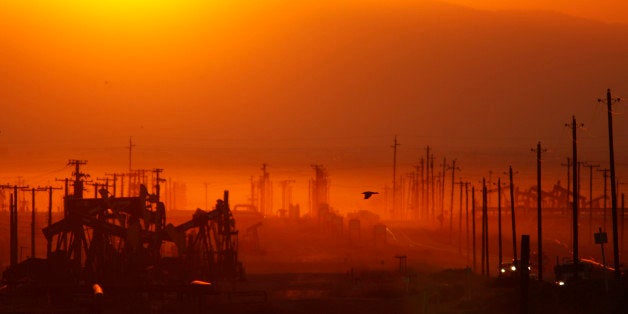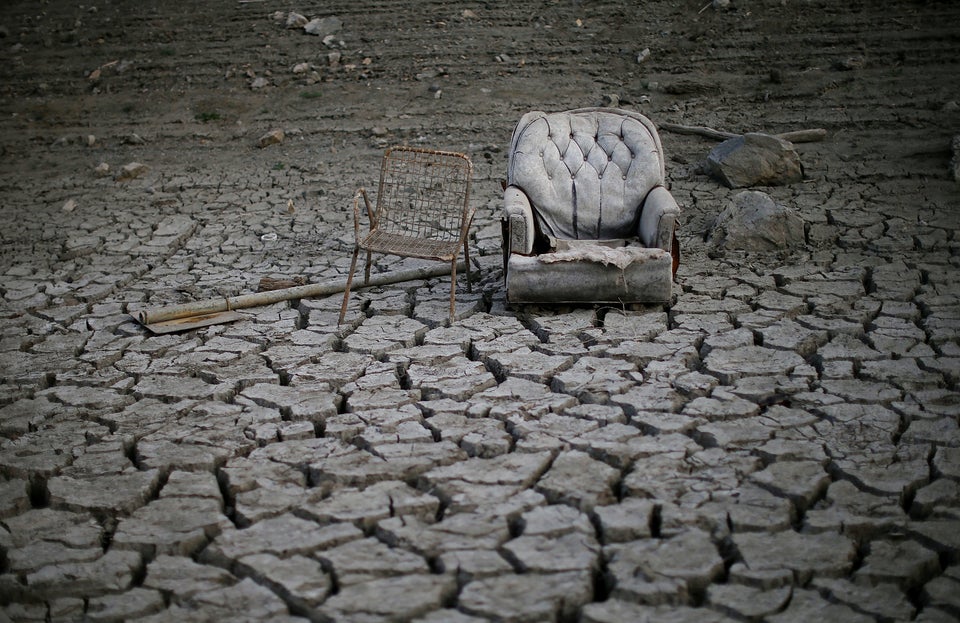
By Rory Carroll
SAN FRANCISCO, Aug 28 (Reuters) - The California state Senate on Thursday unanimously approved a bill requiring oil companies to report how much water they use in their drilling operations and the water's source, a move that comes amid a severe statewide drought.
Oil well operators used more than 80 billion gallons of water in California last year in "enhanced" oil recovery techniques such as steam injection and water flooding, which help bring heavier, thicker crude to the surface.
Water also comes to the surface during oil drilling, but it is unclear how much of that "produced water" is reused by the oil companies for new production because there are currently no reporting requirements, something the bill seeks to address. Oil drilling produced more than 130 billion gallons of water last year.
"The public has the right to know about the oil industry's use of limited fresh water supplies," said Senator Fran Pavley, the bill's author.
Environmentalists applauded the bill's passage, saying it is key to understanding who is contributing to the depletion of aquifers during the drought.
"We think that the oil and gas industry is using far more water than they will admit, and applaud the California legislature, in particular the author of the bill, Senator Pavley, for recognizing the need for transparency," said Miriam Gordon, California director of Clean Water Action.
Oil industry officials objected to an earlier version of the bill, which would have required oil producers to only use recycled water during times of drought, a move they said would be tantamount to a moratorium on oil production in the state.
Those objections were dropped when the bill was revised as a reporting-only bill, and the industry's primary lobbying group, the Western States Petroleum Institute, said it was neutral on the final bill.
Last year, Pavley authored a bill requiring the oil industry to report the amount of water used during hydraulic fracturing, or fracking, a well stimulation technique where water and chemicals are injected deep underground to break up rock and free oil and gas deposits.
The bill passed on Thursday adds enhanced oil recovery and non-fracking operations to the mandatory reporting framework laid out in that bill.
The bill now heads to Governor Jerry Brown's desk, where he is expected to sign it into law. (Reporting by Rory Carroll; Editing by Ken Wills)

